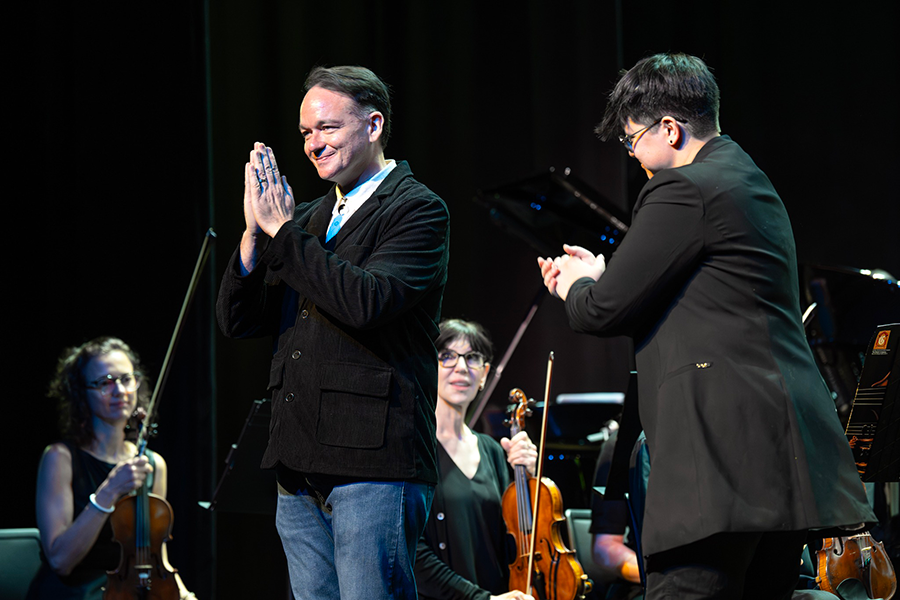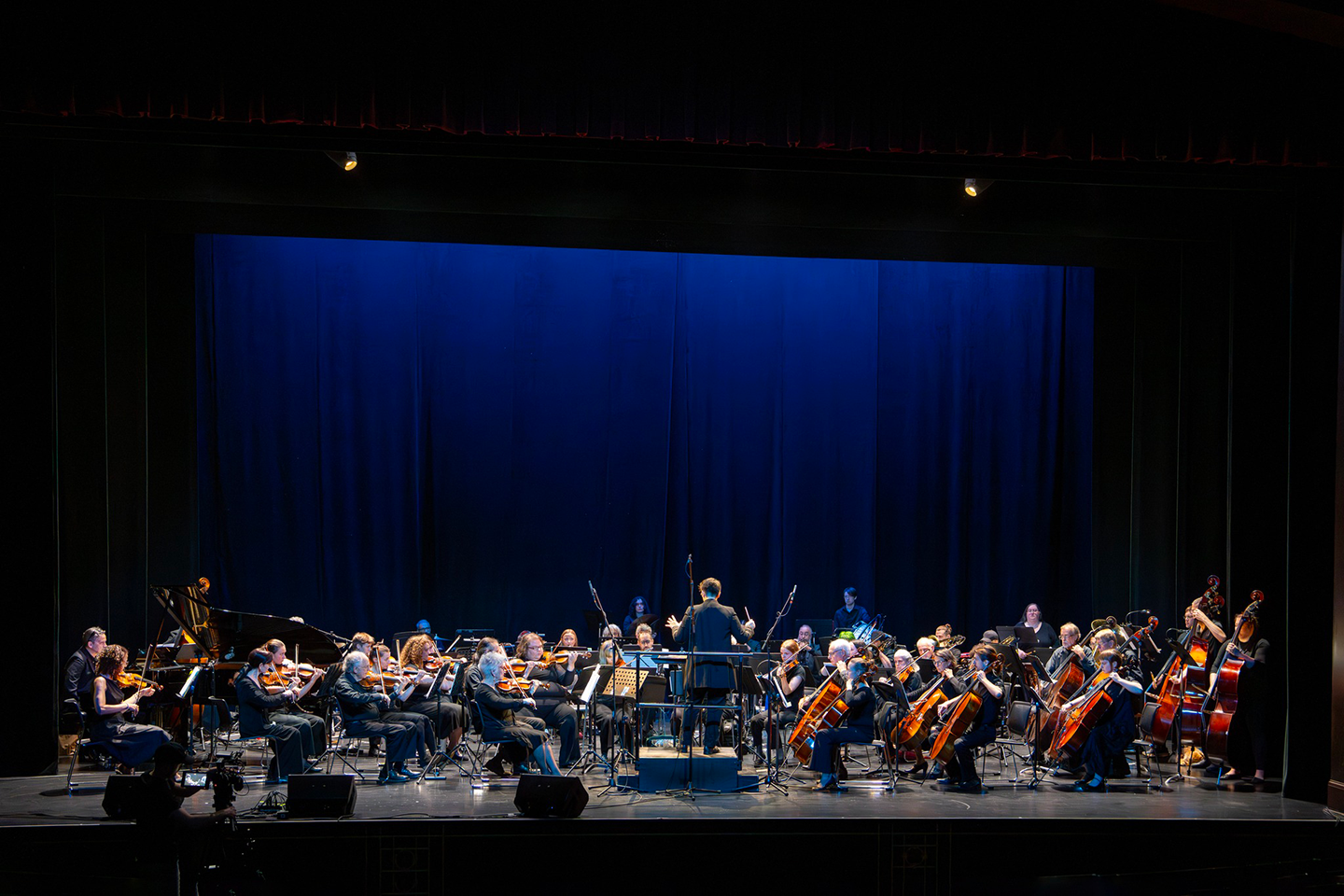
Uncertainty, Anxiety, Fear; Confidence, Community, Hope.
These six words frame our shared story. This music traces our journey not as metaphor but as lived experience.
As humans, our experiences are social: we measure loss in neighbors missing, homes destroyed, businesses lost, artists displaced, weeks without water. Yet nature experiences things differently—water simply flowing as water flows, seeking its level, following ancient patterns without judgment or intention. We live suspended between these two perspectives, forever seeking balance.
This is the human condition: to be part of nature's grand indifference and to create meaning within it. We are drops in the river and the ones who name the river. We are the storm and those who shelter from it. Our social mind creates meaning, stories, judgments. But underneath these interpretations, the natural mind recognizes the rawness of existence—the way things simply are before we tell them what they should be. Reality simply exists; it is our consciousness that adds the poetry.
Listen tonight for the breathing in this music—sometimes shallow and panicked, sometimes deep and grounding. You'll hear heartbeats quicken and slow. You'll also hear a different voice: the voice of the mountains, of nature, of the Earth. Real transformation doesn't happen all at once—it comes in small movements, each building on the last, slowly climbing from chaos toward something resembling order. The darkness of winter always gives way to the vibrancy of spring.
Sinfonietta Helene follows this ancient story arc across three movements:
The Storm
captures those first hours of uncertainty. We had been warned. We knew something was coming—you could feel it like the seabed laying bare before the wave crashes ashore. As external forces accelerate, we turn our attention inward. We inspect ourselves. We face our fears. Then, our relative realities are shattered in an instant. Branches break. Trees fall. The waters of our mighty French Broad and Swannanoa rivers, two of the oldest in the world, rise beyond any recorded memory as countless trees, some hundreds of years old, are brought down by hurricane-force winds.
The Despair
explores the emotions we experienced as we emerged to discover the impossible. This work was born as I sat at the piano, searching for something tangible amidst the intangible. The primary theme emerged fully formed—a melody carrying grief's weight, hope and despair's push and pull, quiet acceptance. Even in our darkest moments, it is human to laugh while crying. This movement encompasses sorrow, flashes of hope, waves of anxiety, and finally quiet resolution—not with grandiosity but with acceptance. Grief simply is.
The Hope
doesn't promise resolution but offers rediscovery—of ourselves, our community, and our relationship with these mountains that both nurture and challenge us. The future is not yet written; we're all on this journey along the river together. And as the future is unknown, we all must improvise in our own unique ways. This extemporaneous spirit is manifested in the third movement by my close creative colleagues, Dr. Bill Bares, Zack Page, and Alan Hall, whose fearless innovatory spirits are an endless well of inspiration. Today, as yesterday and tomorrow, the river still flows—from the past, towards the future, carrying both memory and possibility.
Today, we gather as a community that has learned what it means to flow like water—to yield and persist, to destroy and create, to follow the only way forward, which is through.
I would like to express my deepest gratitude to:
The Dan Lucas Memorial Foundation, and especially my dear friends Greg, Annie, and Dayna. To Dr. Emily Eng and all the musicians of this amazing orchestra who bring this story to life. To Dr. Bares and Sara Caswell for helping me shape it into something bigger than myself. To Mike Comparetto, Mela and Sifu for guiding my journey of self-discovery. To my amazing wife Kathy for supporting me and my crazy artistic life. To each of you for being here today and bearing witness, and most of all to this irrepressible community that continues to transform uncertainty into hope.
Thank you.


